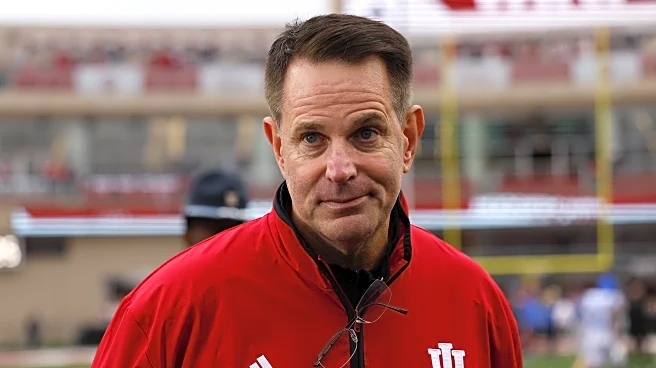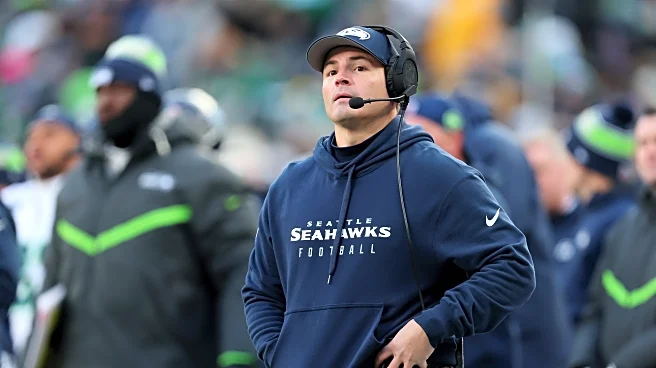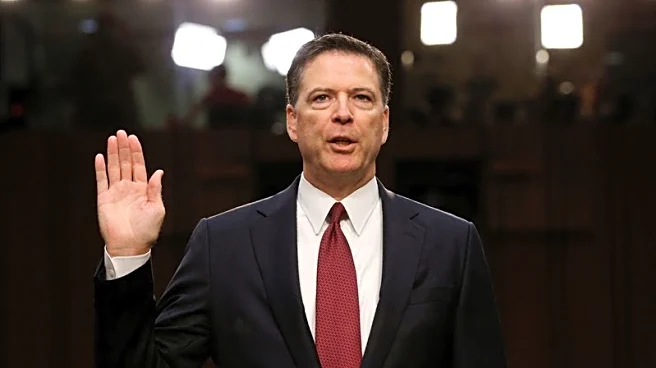What's Happening?
Sid Davis, the last surviving journalist who witnessed the swearing-in of President Lyndon Johnson aboard Air Force One following the assassination of John F. Kennedy, has died at the age of 97. Davis passed away at his home in Bethesda, Maryland, on October
13, as confirmed by his son, Larry Davis. At the time of Kennedy's assassination on November 22, 1963, Davis was a 34-year-old reporter for Westinghouse Radio. He was part of a small group of journalists who were present on Air Force One when Johnson took the oath of office, a critical moment that signaled continuity to the nation and the world. Davis later became the Washington Bureau chief and vice president of NBC. He is survived by his sons, a brother, and four grandchildren, and will be buried at Arlington National Cemetery.
Why It's Important?
The death of Sid Davis marks the end of an era, as he was the last living journalist who directly witnessed the historic transition of power following one of the most traumatic events in U.S. history. The assassination of President Kennedy and the subsequent swearing-in of President Johnson were pivotal moments that shaped the political landscape of the United States. Davis's firsthand accounts and reporting provided crucial insights into these events, contributing to the historical record. His passing underscores the importance of journalism in documenting and preserving history, as well as the role of the media in ensuring transparency and continuity during times of national crisis.
What's Next?
With the passing of Sid Davis, there are no longer any living journalists who witnessed the swearing-in of President Johnson on Air Force One. This highlights the need for continued preservation and study of historical records and firsthand accounts to ensure that future generations understand the significance of these events. The legacy of journalists like Davis serves as a reminder of the critical role the press plays in documenting history and holding power to account.
Beyond the Headlines
The death of Sid Davis also brings attention to the broader implications of media coverage during times of national crisis. The presence of journalists during the swearing-in of President Johnson was a deliberate decision to convey stability and continuity to the public. This event set a precedent for how media can be used to manage public perception and maintain confidence in government institutions during turbulent times. It also raises questions about the evolving role of media in the digital age and how future historical events will be documented and remembered.
















